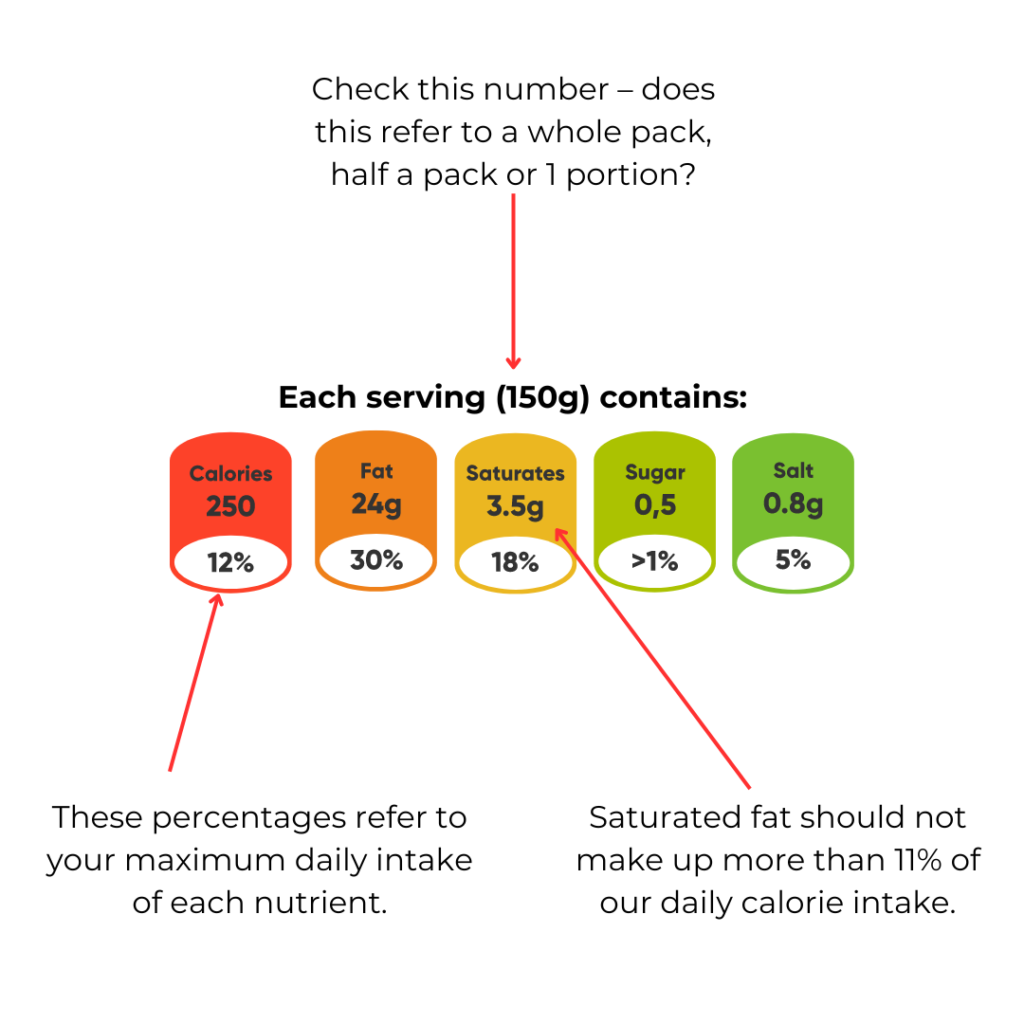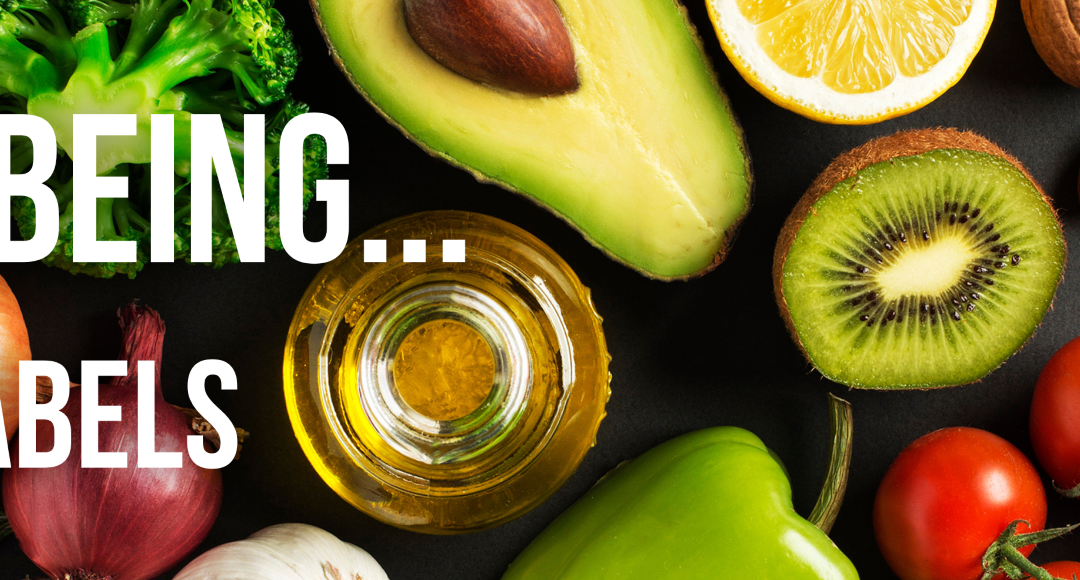If you find making good food choices overwhelming, then this blog is for you!
The aim is to provide you some basic rules of thumb to follow when shopping for food to help navigate around the onslaught of marketing and healthy eating advice we are subjected to in the news, on social media and on product packaging. There is no one size fits all approach, what works for men and women, different age groups and different levels of activity will vary.
NOTE: If you are currently following recommendations from a health professional, Dietician or Nutritionist in relation to management of a health condition, food allergy or intolerance, these should be adhered to in preference to those outlined below; any changes you wish to make to your current eating habits should only be carried out in consultation with the relevant health professional in these circumstances.
Remember, there are no inherently good or bad foods, it is how often we choose to eat the foods which have higher levels of fats and sugars which can begin to become problematic in terms of putting our bodies at risk of serious health conditions and causing difficulties for weight maintenance or weight loss.
Nutrition and consistency with exercise for weight loss or weight maintenance go hand-in-hand. Think of calories as our body’s energy currency. The ideal place to be for weight maintenance is in equilibrium of calories consumed vs calories burned through exercise/activity. Think of this in terms of putting fuel in your car for a journey. The fuel is the food and drink you consume, the journey is the exercise and activity you take part in. If you are heading off on a 60 mile journey and you add 60 miles worth of fuel to an empty tank, then you will reach your destination with nothing left over (i.e. you eat the correct amount of food to fuel your day’s activities.) If however, your tank is already full (your body is carrying excess fat) and you add 60 miles worth of fuel then you’re going to end up with overspill all over the petrol station forecourt! (i.e. the body storing even more fat, leading to weight gain.)
Alternatively, you might fill up an empty tank with 50 miles of fuel and still reach your destination i.e. the equivalent of our body being in calorie deficit, which, in some circumstances can help us to lose weight, however if we are not getting our calories from the most nutrient dense sources then this can cause our body to store calories as fat leading to weight gain.
So how does this translate into the food choices we make? Life is busy, so being able to make healthy choices at a glance is a really useful tool for our health and wellbeing toolbox. The traffic light system on the front of some food packaging is one method of helping us with this.
In general terms, the biggest proportion of the foods we consume should have mostly greens; foods with more amber traffic lights can be consumed in moderation, foods with mostly reds should be kept as occasional treats. As with everything, there are some exceptions to this rule e.g. foods which are high in fruit will have a high sugar content, but the sugars are more nutritious than the sugars found in a biscuit for example.
Let’s unpick the following example:

Sometimes however, the traffic lights are not colour-coded, so knowing about guideline daily amounts of macros comes in handy. Macros are the main nutrients that our body needs in largest amounts i.e. carbohydrates, protein and fat. On traffic light labels, salt and sugar are also included, as over-consuming these can become problematic for our health.
The following guide (which is based on guidelines from the Department of Health) gives a clear indication of the recommended amount of nutrients contained per 100g of a product. These quantities determine whether a nutrient equates to red, amber or green and can therefore help us decide how often we should be eating it.

So, to summarise then, our bodies need fuel in order to function, that fuel comes from the food we choose. The cleaner and healthier the foods and fluids we consume, the better our health and fitness outcomes will be. Using the traffic light system on foods can help us to make healthier choices more often.
Top Tips:
- If you don’t understand what some of the ingredients are when you check a food pack, then it’s probably not the healthiest choice.
- Land, sea, field or tree – if the food you are eating doesn’t have an ingredients list, then it’s probably a nutrient dense whole food e.g. a fillet of chicken or fish, or a whole vegetable or fruit in a form closest to it’s natural state. Eating these as often as possible will help you to stick within daily recommendations for macro nutrients more easily.
If you have any questions or would like to know more, please book in with one of the team for a consultation.

